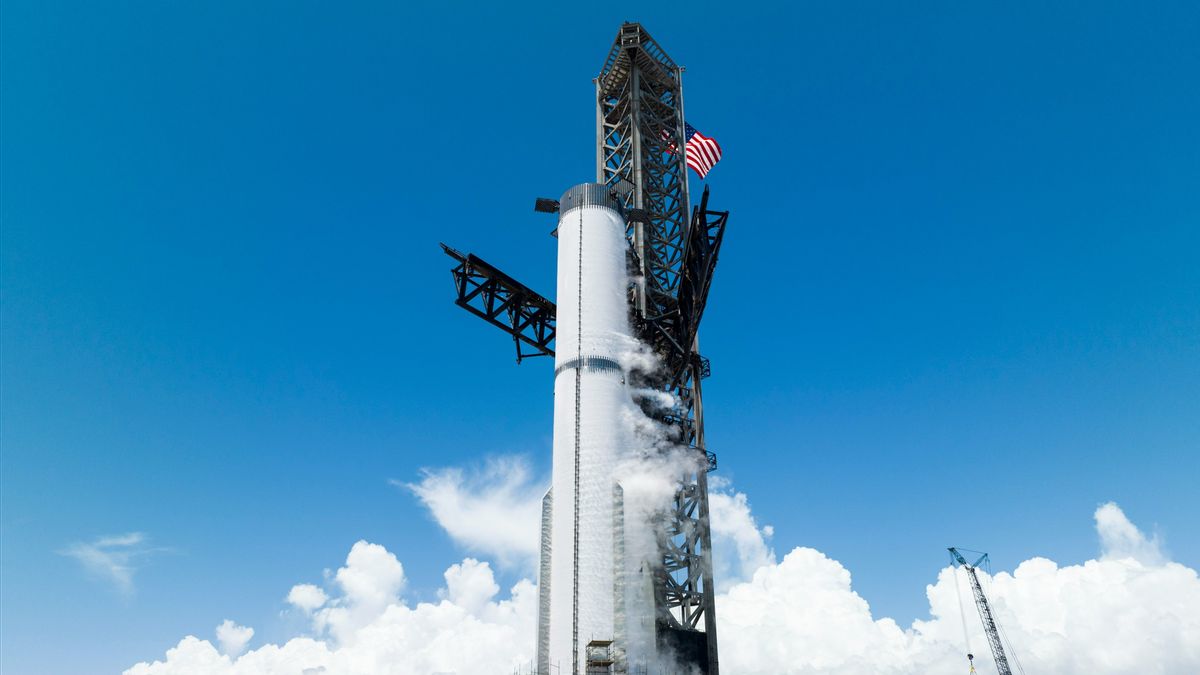JAKARTA - It has long been feared that NASA's ambitious target of returning humans to the moon by 2025 may miss. The US space agency once again hints that Artemis III may not involve manned landings at all.
If billionaire Elon Musk'slander is not completed on time, a NASA official admits that 'we may be launching a different mission'.
Musk's SpaceX company won a contract for a landing system based on its Starship prototype rocket version, which is far from ready. Starship's orbital flight test ended in a dramatic explosion in April.
Jim Free, NASA's Associate Administrator for the Exploration System Development Mission Directorate, had previously said in June that Starship was late and the moon landing in 2025 was likely to be postponed until early 2026.
Free told reporters yesterday that NASA officials had visited SpaceX's Starbase facility in Texas a few weeks ago to 'understand their position with hardware, trying to understand their schedule further'.
He said he felt the visit provided insight but remained worried 'because they had not launched,' and needed to launch several times before the rocket would be ready.
Furthermore, delays in Starship have an impact as spacesuit contractors need to know how outer suits will interact with spacecraft, and simulators need to be built in order for astronauts to learn their systems.
He added that NASA will update information to the public in the near future after having time to'reach' information obtained during a visit to Starbase.
However, Free admits that some key elements must exist so that Artemis III can place the first woman and person of color on the moon as planned - especially the landing system developed by SpaceX.
VOIR éGALEMENT:
Starship's orbital flight test in April aims to send the top stage of vehicles mostly around Earth before falling in the ocean near Hawaii.
However, two stages of the vehicle failed separately as planned, forcing SpaceX to destroy the Starship above the Gulf of Mexico less than four minutes after takeoff.
In the Artemis program, NASA plans a series of increasingly complex missions to return to the moon and establish sustainable existence to develop and test the technology for a trip to Mars one day.
The first mission, Artemis I, to orbit an unmanned vehicle around the Moon in 2022. Artemis II, planned for November 2024, will do the same with the crew inside.
However, during the Artemis III mission, NASA plans to send humans to the lunar surface for the first time since 1972, this time at the south pole of the moon, where ice can be retrieved and converted into rocket fuel.
The English, Chinese, Japanese, Arabic, and French versions are automatically generated by the AI. So there may still be inaccuracies in translating, please always see Indonesian as our main language. (system supported by DigitalSiber.id)












